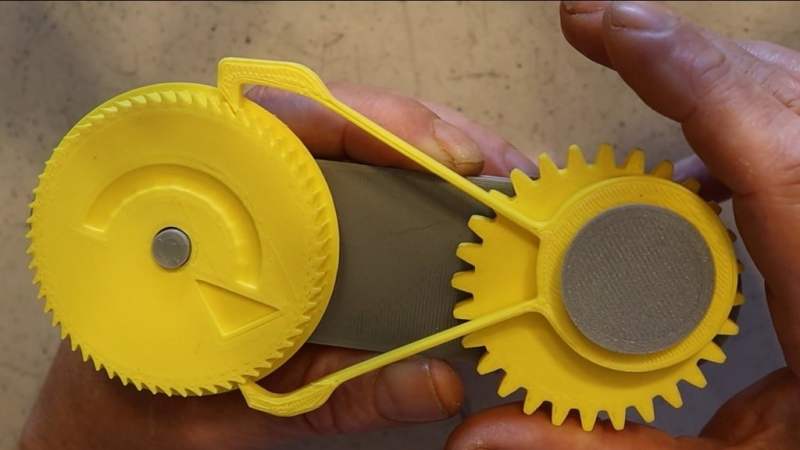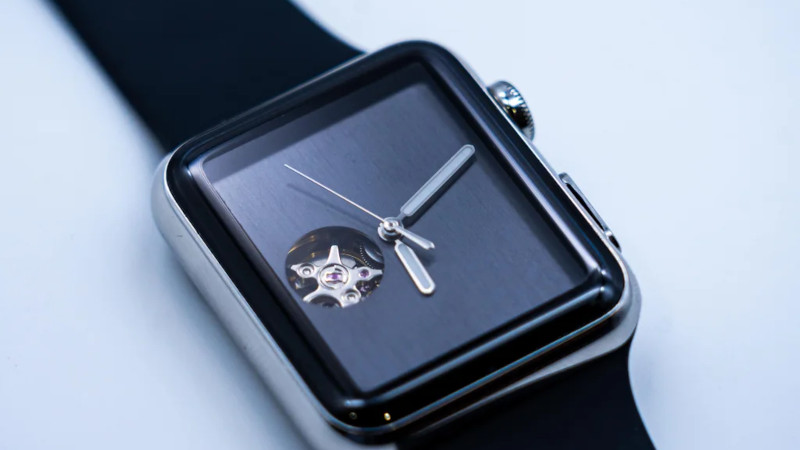BlackCat ransomware gang claims credit for Seiko data breach
The BlackCat ransomware gang has claimed credit for a cybersecurity attack against Japanese watchmaker Seiko.
BlackCat (also known as ALPHAV) posted on its dark web leak site what it claims are files stolen from Seiko’s servers. Continue reading BlackCat ransomware gang claims credit for Seiko data breach

